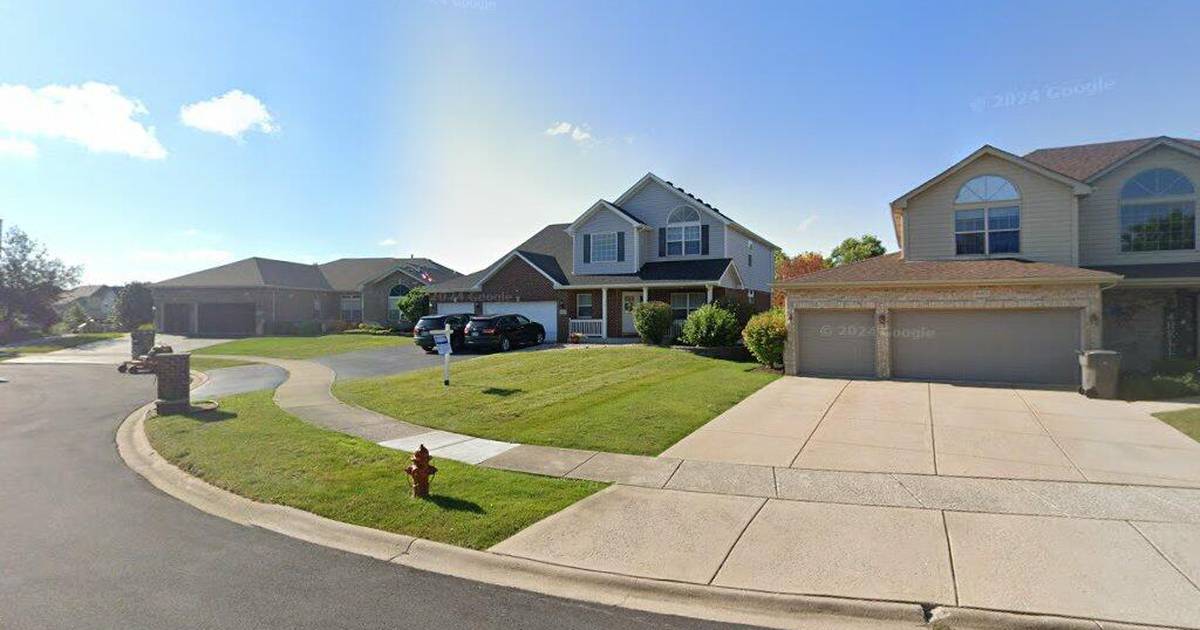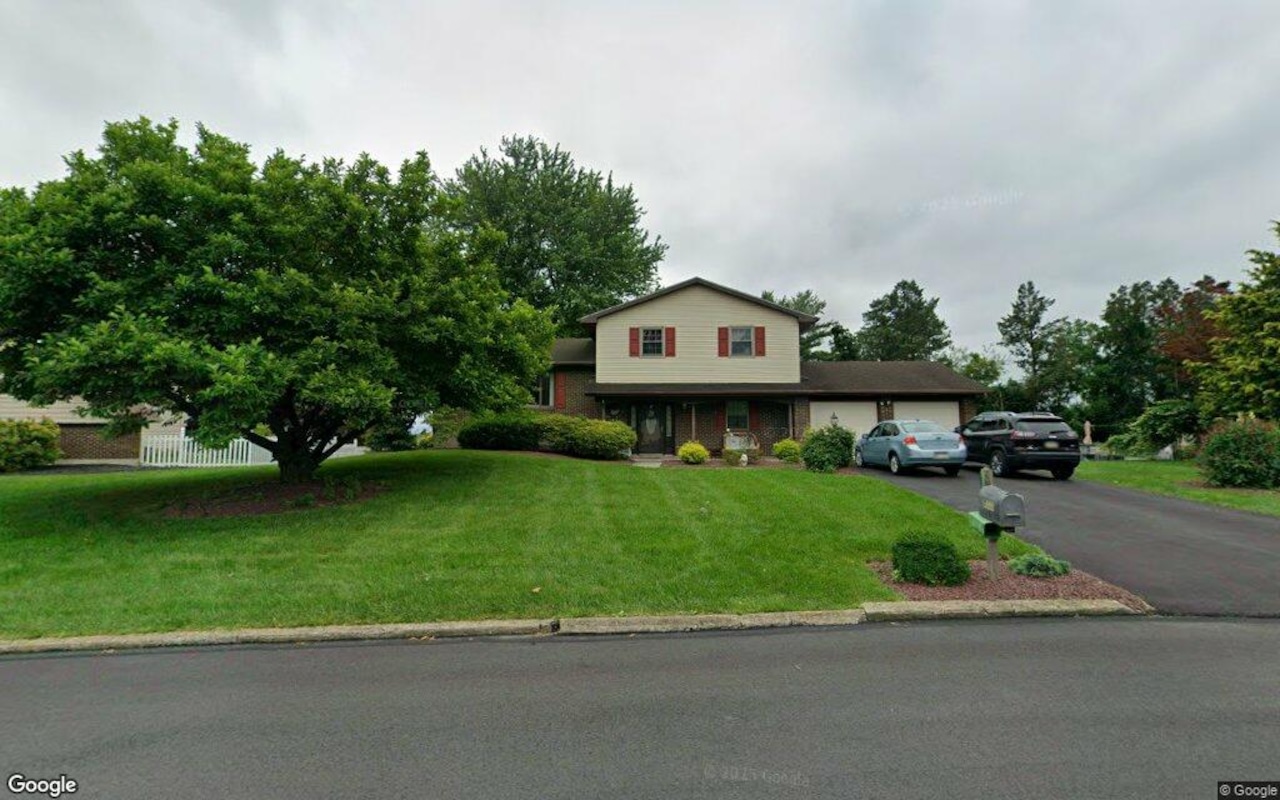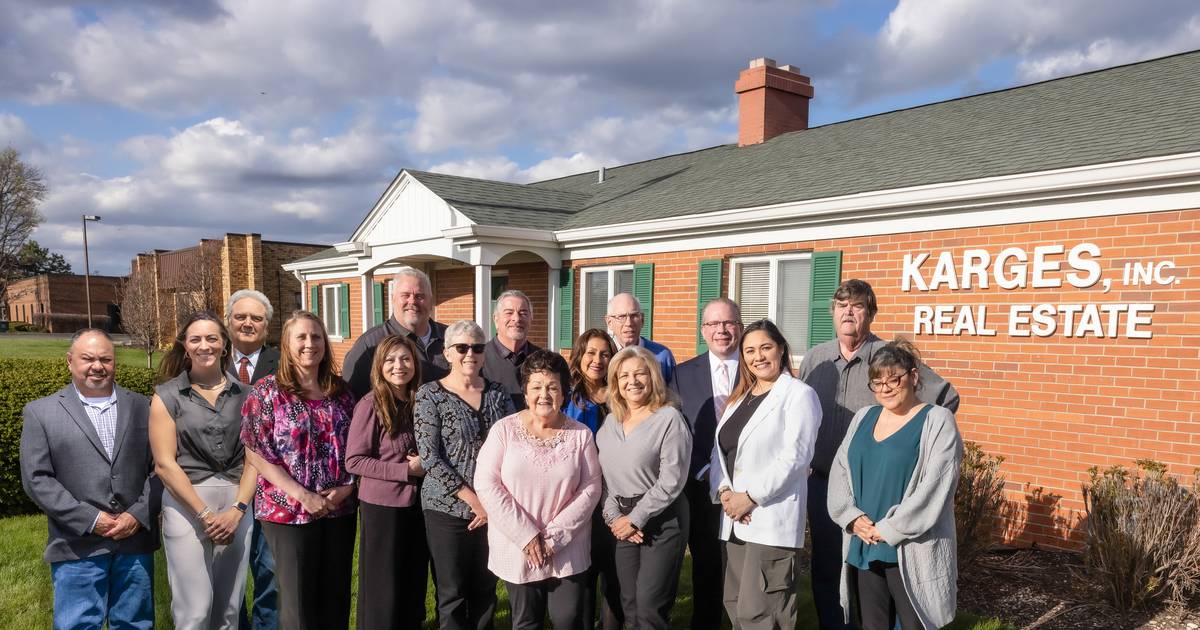T
he current state of the traditional housing market is challenging for many people who want to buy a home. However, there are alternative options available for those who are still interested in achieving homeownership. Here are four suggestions to consider:
1. Manufactured Housing: Manufactured homes have come a long way in terms of design and functionality. They are now similar to site-built homes in terms of energy efficiency and weather resistance. They can be permanently affixed to a foundation and are available through several big builders. Mortgages for manufactured homes are more readily available than before, thanks to the CrossMod standard developed by the Manufactured Housing Institute.
2. Land Banks: Land banks are repositories of properties available for purchase, often in areas with a high concentration of vacant properties. They aim to sell or dispose of properties in the best interest of the local community. However, buyers should be aware that these properties often require significant repairs and may not be suitable for everyone. Some land banks have partnerships with Community Development Financial Institutions to help with financing.
3. Accessory Dwelling Units (ADUs): ADUs, also known as granny flats or in-law suites, can provide additional living space for families or generate income through short- or long-term rentals. They can be free-standing or added to an existing structure on a property through a garage, basement, attic, or other space. While they may not be an immediate solution to affordability issues, they can be a flexible option for accommodating multiple generations or creating an additional income stream.
4. Community Land Trusts (CLTs): CLTs are nonprofit organizations that own land and sell homes on the land to individuals and families. Buyers get full ownership of their property but agree to limit the amount of resale value they can realize when they sell their home. This model aims to make homeownership affordable for generation after generation. CLTs usually have a governance structure that includes input from members of the community, which helps control what happens on the land.












